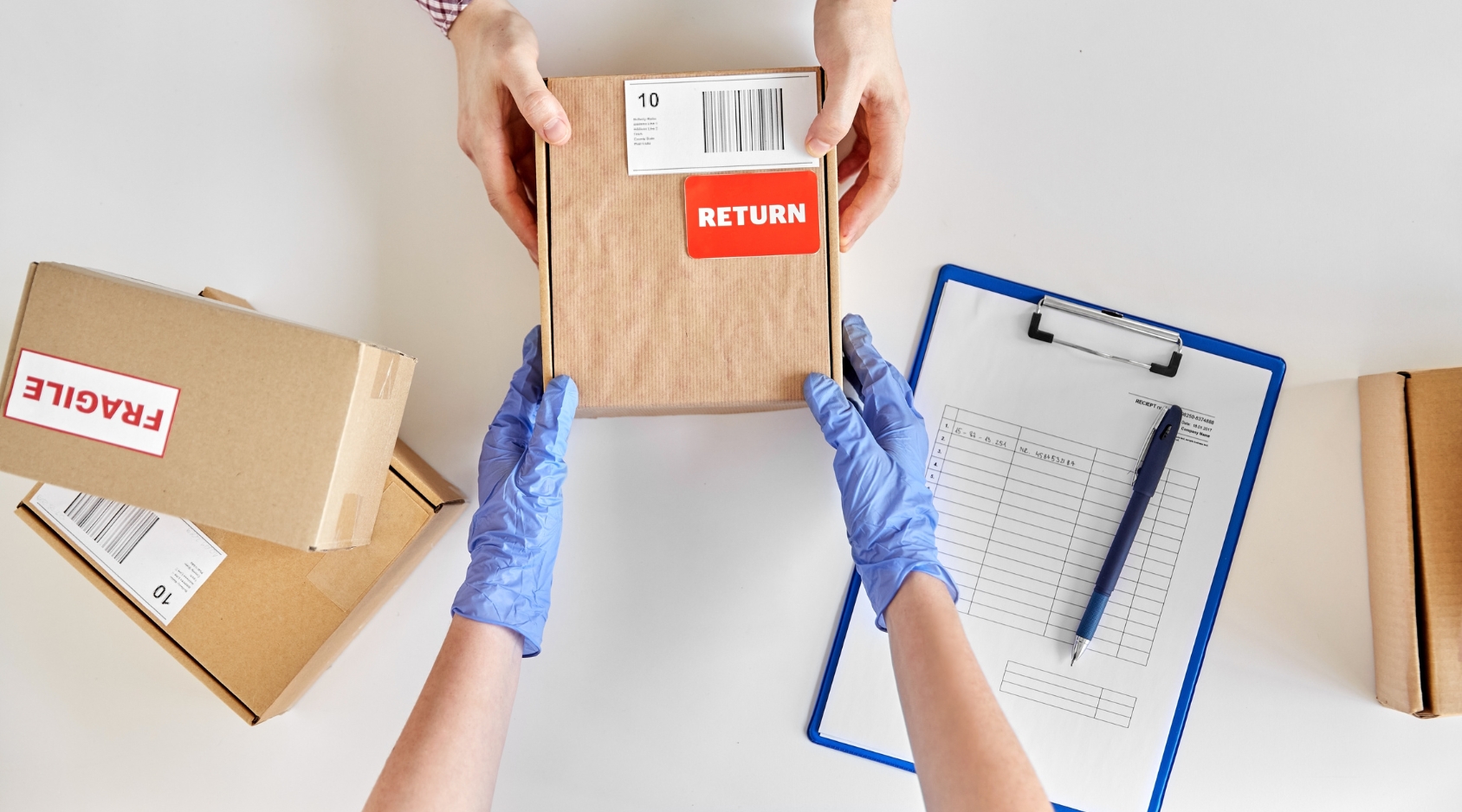Table Of Content
- Introduction
- What is Conversion Rate Optimization (CRO)
- Understanding Your E-commerce Conversion Funnel
- Key CRO Metrics to Track
- CRO Techniques for E-commerce
- CRO for Specific E-commerce Verticals
- Harnessing Personalization: The Future of CRO
- Essential CRO Tools
- CRO Challenges
- Keeping Customers Coming Back
- Final Thought
Introduction
Ever feel like you’re watching people window shop in your online store, lovingly fill their carts with goodies, and then… just vanish without a trace? It’s like running a bustling brick-and-mortar store and seeing eager customers browsing, only to leave empty-handed. Frustrating, right? That’s often what happens when your e-commerce conversion rate isn’t where it should be. You’re getting the traffic, but not turning those precious visitors into paying, happy customers. But the really great news? You absolutely can change that!
This guide gets into Conversion Rate Optimization (CRO), offering down-to-earth, beginner-friendly, and proven strategies to help you transform your e-commerce website into a finely tuned sales-generating machine. Whether you’re curating vintage clothing, roasting small-batch coffee, or developing the next revolutionary app, understanding and putting CRO into practice is no longer optional – it’s key to sustainable and accelerating growth.
What is Conversion Rate Optimization (CRO) and Why Should You Care?
Let’s get real about the basics. What is conversion rate optimization? Forget the jargon. Think of it as fine-tuning your website and everything you do to attract customers, so that more visitors take the action you want them to take – and it’s not just purchases, it’s engaging with content, leaving a review, subscribing to your newsletter, and more. Most commonly it’s completing a purchase. It’s about maximizing the value of the traffic you’re already attracting… and nurturing that traffic into repeat customers.
Why should you care? Because CRO allows you to:
- Supercharge Your Revenue: Even a small bump (think 1-2%) in your conversion
rate can lead to a seriously noticeable increase in sales. We’re talking hundreds,
thousands, or even millions of extra dollars in revenue.
- Example: If your website gets 10,000 visitors a month and you currently convert at 1%, that’s 100 sales. If you increase your conversion rate to just 2%, that’s 200 sales – doubling your revenue!
- Get More Bang for Your Buck: Instead of only chasing more traffic (which costs money and can be unpredictable!), CRO helps you squeeze every last drop of value from the visitors you already have – turning tire-kickers into loyal buyers.
- Boost Your Marketing ROI (Return on Investment): By making your website more effective at converting, you get a significantly better return on every dollar you invest in attracting customers through ads, content marketing, social media, etc. It’s like putting fuel injection on your marketing engine!
- Stand Out from the Crowd: A well-optimized website offers a superior and more seamless experience for your visitors, helping you grab their attention, keep their attention, and build lasting brand loyalty in a crowded online marketplace.
Basically, CRO is about working smarter, not just harder, to reach your e-commerce dreams and build a thriving, sustainable online business. Knowing how does conversion rate optimization work is the very first step towards happier customers, a healthier bottom line, and a business you can be proud of.
Understanding Your E-commerce Conversion Funnel: Where are Your Customers Going Wrong?
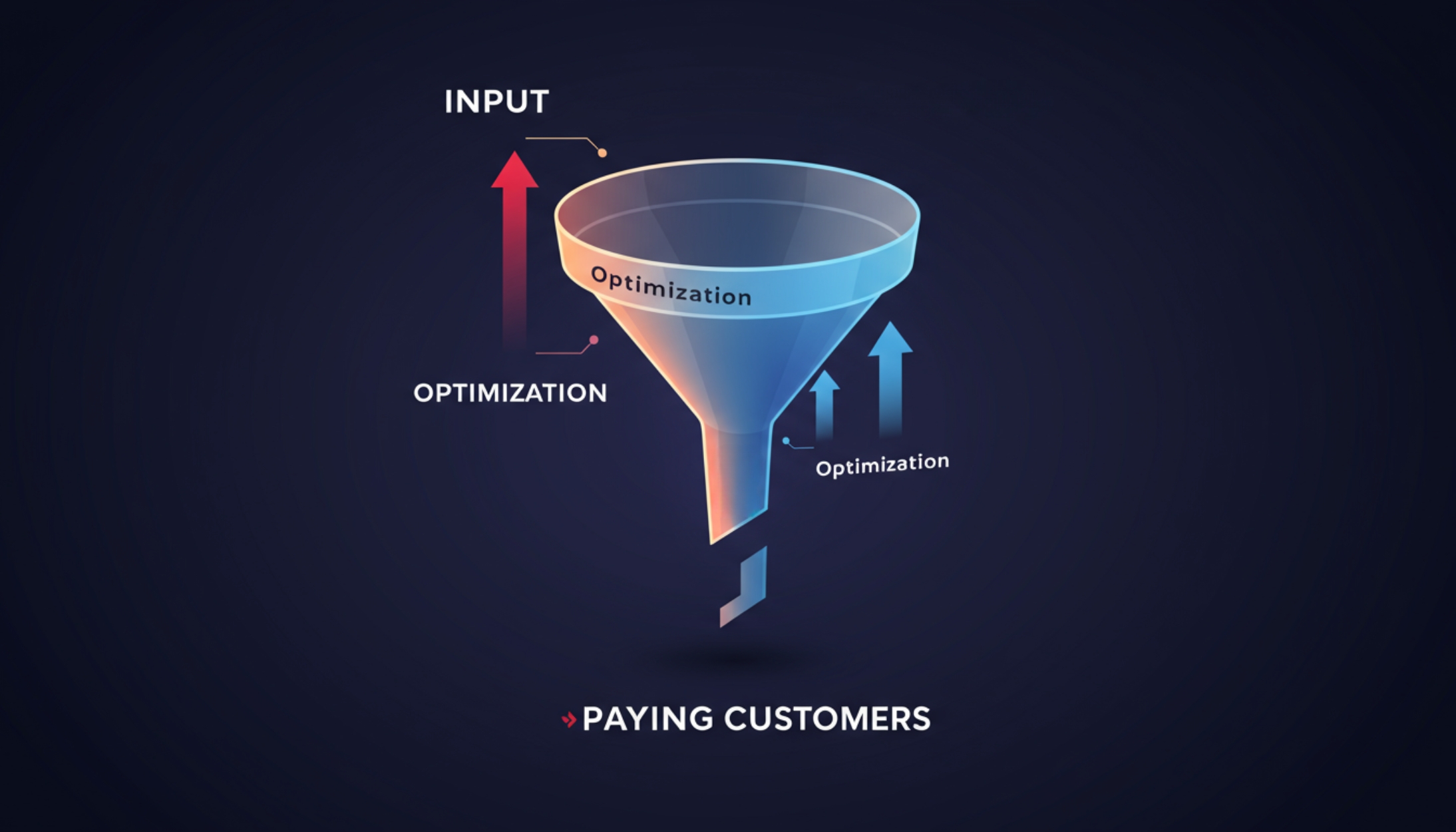
Before you start randomly tweaking things, you need to deeply understand your unique customer’s journey. Picture it as a funnel – potential buyers enter at the top, typically through some marketing effort, and ideally, raving fan, repeat paying customers emerge triumphantly at the bottom. Let’s break down the key stages:
- Hey, Look at Me! (Awareness): People discover your brand, products, or services. This might be through targeted ads, engaging social media posts, compelling search engine results, word-of-mouth buzz, or any other form of marketing outreach.
- Hmm, Interesting… (Interest): Intrigued, they click through and land on your website to see what you’re all about. This is where you’ve got seconds to make a killer first impression.
- Comparing the Options (Consideration): Now they’re browsing product pages, comparing your offerings with competitors, diving into the details, and meticulously reading what other customers have to say in reviews.
- Making the Choice (Decision): The moment of truth! They carefully select their desired items, add them to their cart with anticipation, and confidently head to the checkout.
- Cha-Ching! (Action/Conversion): Victory! They confidently enter their payment information, complete the purchase, and become valued customers.
Finding exactly where customers are dropping off at each stage of the funnel is absolutely key. Are they bouncing after just a cursory glance at your homepage (high bounce rate)? Are they abandoning their brimming carts at the very last second, leaving you hanging? Identifying these bottlenecks will help you immediately zero in on the areas where your CRO efforts will yield the biggest and fastest impact.
- Example: If you notice a high bounce rate on your product pages, it could indicate that your product descriptions are not compelling, your images are low quality, or your pricing is too high.
Key CRO Metrics to Track: Are Your Tweaks Making a Difference?
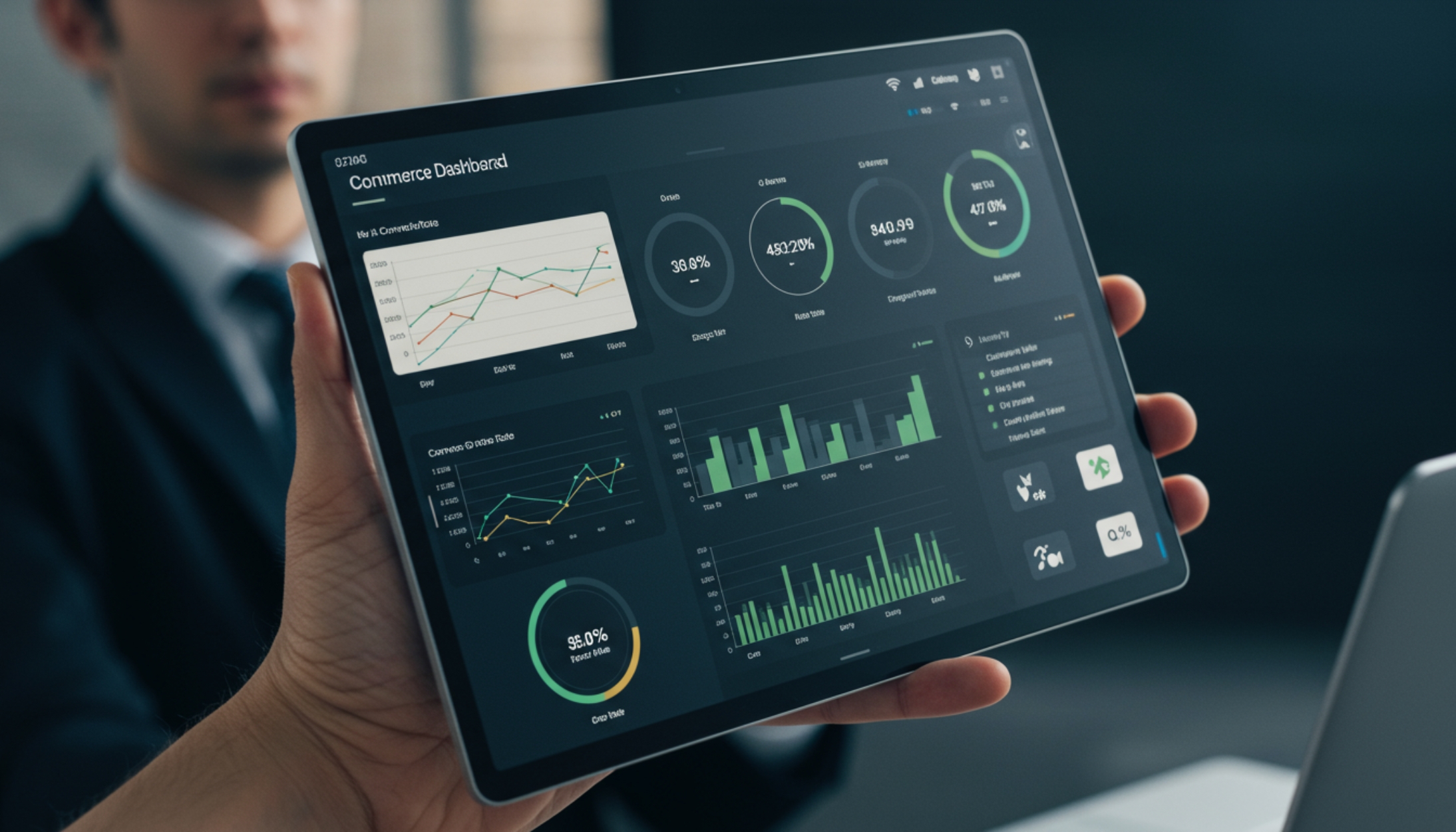
To genuinely measure conversion rate optimization, and make sure your efforts are producing real results, you’ve got to keep a vigilant eye on the right numbers. Here are some of the most important metrics for e-commerce businesses, presented in plain English:
- Conversion Rate: This is the ultimate benchmark. It represents the percentage
of website visitors who complete your desired action, most often a purchase. How to calculate
conversion rate optimization? It’s a straightforward formula:
(Number of Sales / Total Website Visitors) x 100 = Conversion Rate %
Example: If your website attracts 20,000 visitors in a month and generates 400 sales, your conversion rate would be (400 / 20,000) x 100 = 2%. - Bounce Rate: The percentage of visitors who land on a single page of your website and then immediately leave without exploring further. A high bounce rate is a glaring red flag indicating that your website isn’t engaging visitors, isn’t delivering what they expected, or is simply too slow to load.
- Cart Abandonment Rate: The percentage of shoppers who add items to their online shopping cart but fail to complete the purchase. This is a massive area of untapped potential for many e-commerce businesses. Addressing cart abandonment issues can lead to a significant boost in sales.
- Average Order Value (AOV): The average amount of money spent by each customer per order. This metric can help you identify opportunities to increase revenue by upselling or cross-selling products.
- Customer Lifetime Value (CLTV): The projected revenue a customer is expected to generate for your business throughout the entire duration of your relationship.
- Exit Pages: The specific pages on your website where visitors are most likely to leave.
- Analyzing exit pages can reveal: Confusing navigation, broken links, frustrating forms, unexpected shipping costs, or other roadblocks that are driving customers away.
Consistently tracking and carefully analyzing these key metrics will empower you with invaluable insights into your website’s overall performance. More importantly, it will allow you to confidently track the true effectiveness of your CRO initiatives, ensuring that you’re making smart, data-driven decisions that maximize your return on investment.
Actionable CRO Techniques for E-commerce: Turning Browsers into Loyal Buyers
Now, let’s get down to the nitty-gritty! Here are specific, hands-on tips that you can implement today to how to improve conversion rate optimization, attract more qualified traffic, and transform those casual browsers into dedicated, repeat customers:
1.Crafting Product Pages That Convert: The Soul of Your Sales Engine
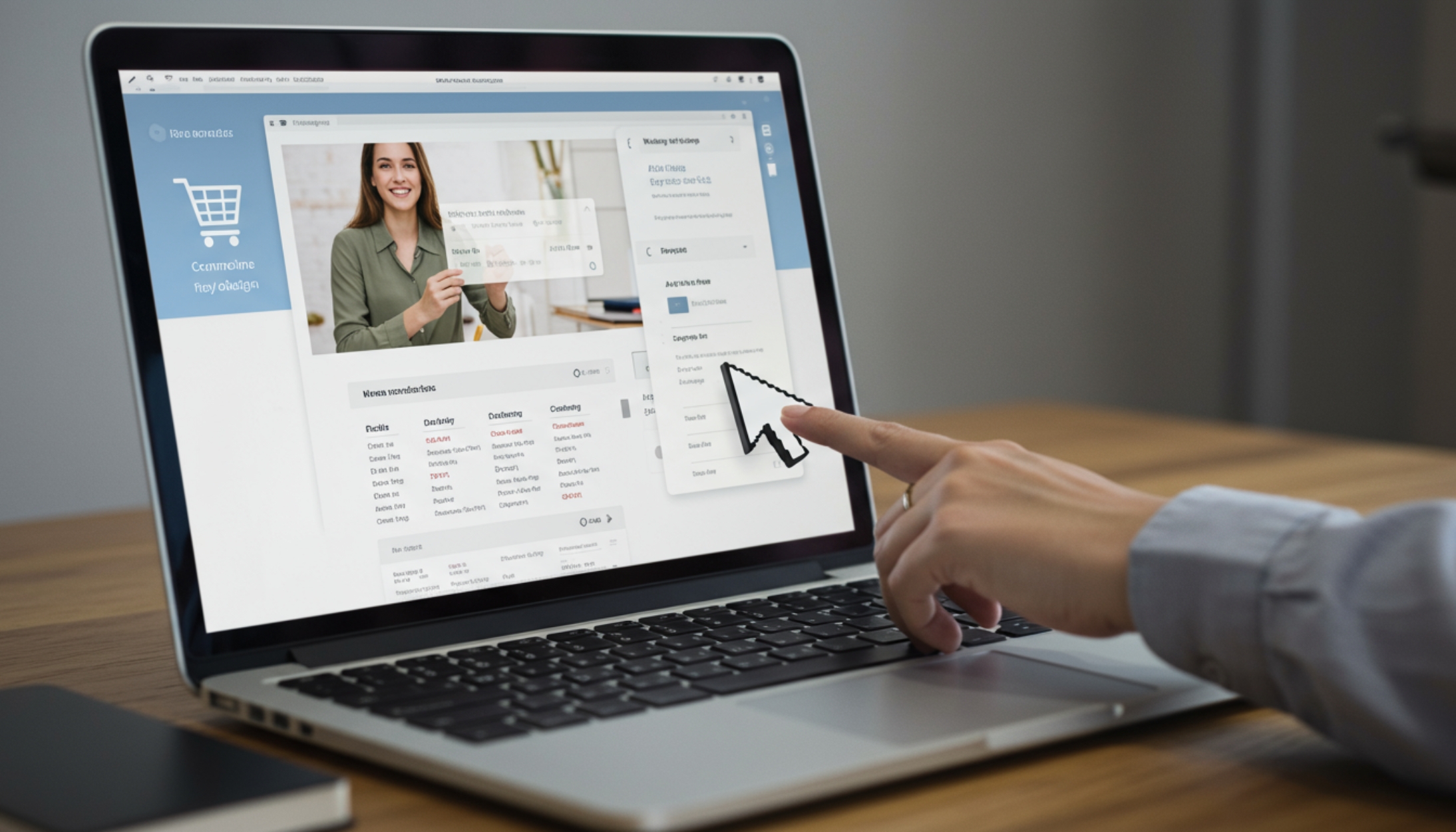
- Compelling Product Descriptions: Sell the Dream, Not Just the Details: Go far beyond
merely listing features and technical specifications. Instead, craft captivating narratives that
highlight the tangible benefits customers will receive from owning your product. Tell a story,
evoke emotions, and address potential customer pain points in a relatable and engaging way.
- Example: Instead of saying, “This blender has a 1000-watt motor,” try, “Imagine starting your day with a creamy, delicious smoothie whipped up in seconds with our powerful blender. Its 1000-watt motor effortlessly pulverizes fruits and vegetables, giving you a healthy and energizing boost to conquer your day.”
- Showcase Stunning High-Quality Images and Videos: First impressions matter, especially
online. Dazzle your visitors with a variety of professional-grade images and videos that showcase your
products from multiple angles and in different contexts. Allow customers to zoom in and examine every
detail.
- Example: Consider using 360-degree product views or interactive videos that demonstrate how your products work in real-world scenarios.
- Design Irresistible Calls to Action (CTAs): Make the Next Step Crystal Clear: Don’t
leave your visitors guessing. Make it utterly obvious what action you want them to take. Use strong,
action-oriented language that inspires them to act immediately, such as “Add to Cart,” “Buy Now,” or
“Shop Now.” Ensure your CTAs are visually prominent, strategically placed, and easy to click (especially
on mobile devices). Experiment with different CTA button colors to how to optimize banner
designs for higher conversion rates.
- Case Study: A/B testing a red CTA button versus a green CTA button resulted in a 21% increase in conversions for an online clothing retailer.
- Harness the Power of Social Proof with Customer Reviews and Testimonials: In today’s
world, social proof is king. Prominently display positive reviews and testimonials from satisfied
customers on your product pages to build trust, boost credibility, and encourage hesitant shoppers to
take the plunge.
- Example: Include star ratings, customer photos, and quotes that highlight the specific benefits customers have experienced with your products.
- Proactively Address Concerns and FAQs: Eliminate Barriers to Purchase: Anticipate and
answer common customer questions, concerns, and objections directly on your product pages. Provide
detailed information about sizing, materials, shipping policies, return policies, warranties, and other
relevant details.
- Example: Include a dedicated FAQ section at the bottom of each product page that addresses common questions about the product.
2.Crafting a Seamless Website Navigation and User Experience (UX): Making it Effortlessly Easy to Buy
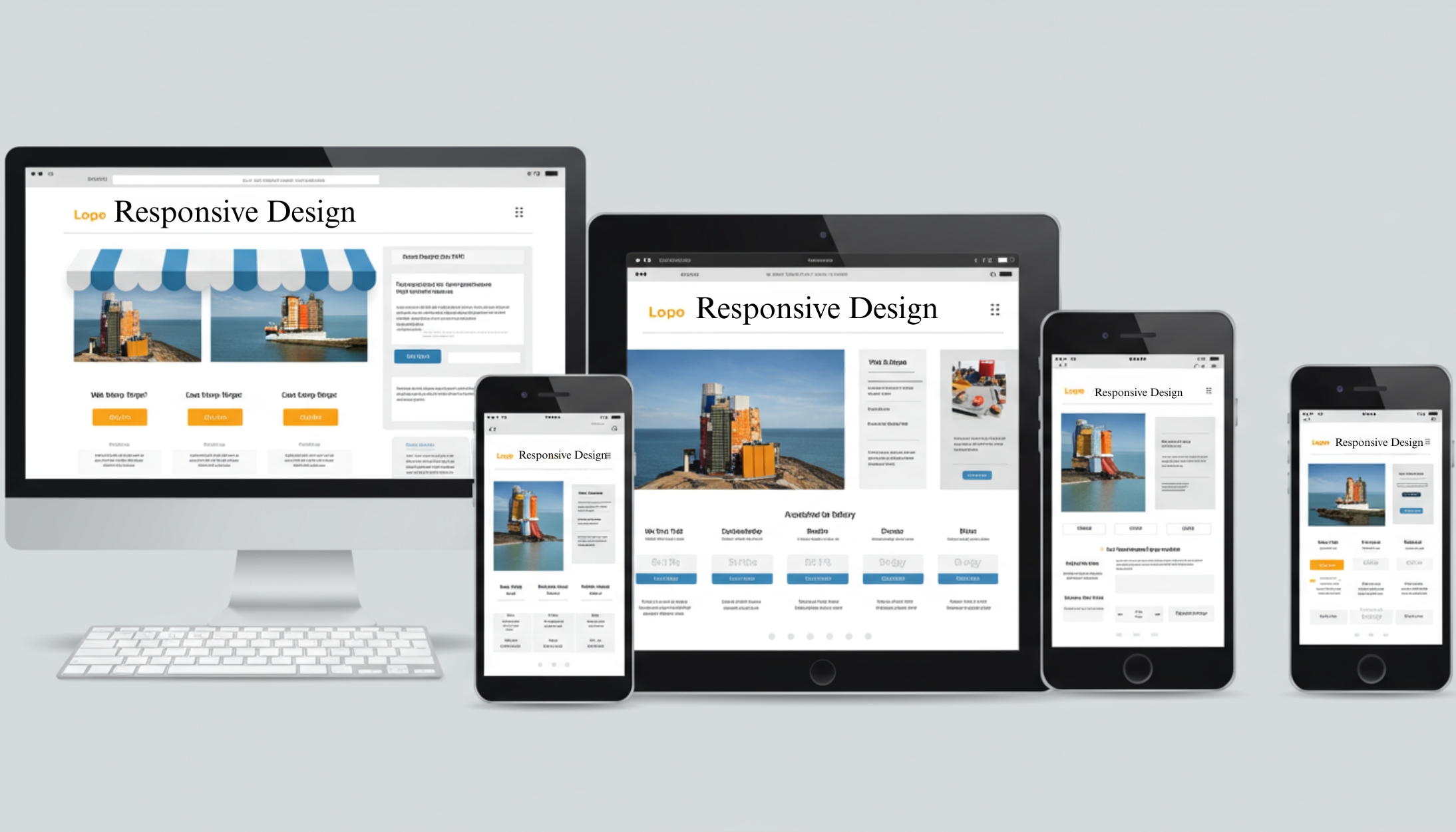
- Design a Simple and Intuitive Navigation Structure: Make it incredibly easy for visitors to find exactly what they’re looking for. Use clear categories and subcategories. Implement a well-organized navigation menu that is consistent throughout your website.
- Implement Robust and Effective Search Functionality: Empower visitors to quickly search for specific products using relevant keywords. Implement features such as auto-suggest, typo correction, and advanced filtering options.
- Optimize Website Loading Speed for a Lightning-Fast Experience: In today’s fast-paced world, no one has time to wait for a slow-loading website. Optimize your images, streamline your code, leverage browser caching, and utilize a content delivery network (CDN) to ensure your website loads lightning-fast on all devices.
- Embrace Mobile Optimization: Prioritize the Mobile-First Shopper: A massive and ever-growing percentage of e-commerce traffic originates from mobile devices. Ensure your website is fully responsive, mobile-friendly, and provides a seamless shopping experience on smartphones and tablets.
- Provide Easy Access to Contact Information and Support Resources: Make it incredibly easy for customers to contact you with questions, concerns, or feedback. Prominently display your phone number, email address, live chat option, and a link to your contact form throughout your website.
3.Streamlining the Checkout Process: Reduce Friction and Maximize Conversions
- Offer a Guest Checkout Option: Allow customers to complete their purchase without being forced to create an account. This significantly reduces friction and streamlines the checkout process.
- Provide a Wide Variety of Payment Options: Cater to diverse customer preferences by offering a range of popular payment methods, including major credit cards, PayPal, Apple Pay, Google Pay, and other alternative payment options.
- Be Transparent with Shipping Costs: Avoid Unexpected Surprises: Clearly display shipping costs early in the checkout process to avoid any unwelcome surprises that could lead to cart abandonment. Consider offering free shipping for orders above a certain amount to incentivize larger purchases.
- Build Trust and Reassure Customers with Security Badges and SSL Certificates: Reassure customers that their personal and financial information is protected by prominently displaying security badges from trusted providers and ensuring your website has a valid SSL certificate.
4.Building Trust and Credibility: Earn Your Customers’ Confidence
- Showcase Security Badges and SSL Certificates: Reassure customers that their transactions are secure.
- Highlight Customer Reviews and Testimonials: Let your happy customers do the talking for you.
- Offer Guarantees and Warranties: Reduce perceived risk and encourage purchase.
- Tell Your Brand Story on an “About Us” Page: Connect with customers on a personal level.
- Provide Easy Access to Contact Information: Show you’re accessible and responsive.
5.Using Persuasive Language and Copywriting: Words That Sell
- Focus on Benefits, Not Just Features: Explain how your products will improve their lives.
- Use Strong Action Verbs: Create a sense of urgency and excitement.
- Address Customer Pain Points: Show you understand their challenges and offer solutions.
- Leverage Social Proof: Highlight popularity and positive feedback.
- Create Scarcity and Urgency: Limited-time offers or limited quantities can drive sales.
- Example: “Only 3 left in stock!” or “Offer ends tonight!”
6.Mobile Optimization: Tailoring to the Mobile-First Shopper
- Responsive Design: Ensure a seamless experience on any device.
- Large, Easy-to-Click Buttons: Optimize for touch screens.
- Simplified Navigation: Streamline menus for smaller screens.
- Fast Loading Speed: Crucial for mobile users on the go.
- Mobile-Friendly Checkout: Make the process smooth and easy on mobile.
7.A/B Testing: Continuously Improving
- Test One Element at a Time: Isolate the impact of each change.
- Use a Control Group: Compare the new version to the original.
- Track Your Results: Monitor key metrics to see which performs better.
- Implement the Winning Version: Deploy the improvement.
- Repeat the Process: CRO is an ongoing journey.
CRO for Specific E-commerce Verticals
While the above principles apply broadly, here’s a taste of how CRO can be tailored to specific e-commerce areas:
- Fashion E-commerce: High-quality product photography is critical. Show clothing on models of different sizes and body types. Implement virtual try-on tools. Offer easy returns.
- Electronics E-commerce: Provide detailed product specifications and comparisons. Include customer reviews that address technical aspects. Offer extended warranties and technical support.
- Subscription E-commerce: Clearly explain the benefits of subscribing. Offer a free trial or a discounted introductory offer. Make it easy to manage or cancel subscriptions.
Harnessing Personalization: The Future of CRO
Personalization is the art of tailoring the website experience to each individual visitor based on their unique characteristics and behavior. Here are some ways to personalize your e-commerce website:
- Product Recommendations: Suggest products based on browsing history, purchase history,
or demographic information.
- Example: “Customers who bought this item also bought…” or “You might also like…”
- Dynamic Content: Display different content based on the visitor’s location, language, or device.
- Personalized Email Marketing: Send targeted emails based on customer behavior.
- Example: Send a welcome email to new subscribers, a cart abandonment email to shoppers who left items in their cart, or a thank-you email after a purchase.
Essential CRO Tools For Success
You don’t have to do this single-handedly! Equip yourself with the right tools to analyze your website, uncover areas for improvement, and rigorously track your results:
- Google Analytics: The cornerstone for tracking website traffic, user behavior, and conversions.
- Hotjar: Gain invaluable insights into user behavior with heatmaps, session recordings, and surveys.
- Optimizely: Conduct rigorous A/B tests and multivariate tests to optimize website elements.
- Crazy Egg: Another powerful heatmap tool to visualize user interactions.
- Unbounce: Create high-converting landing pages for your marketing campaigns.
What About the Challenges?
CRO isn’t always a smooth ride. Here are some hurdles you might face:
- Limited Resources: CRO requires time, effort, and often, money. Prioritize the most impactful changes first.
- Technical Complexities: Some CRO techniques require technical expertise. Consider hiring a developer or using a CRO platform.
- Internal Disagreements: Getting buy-in from all stakeholders can be challenging. Use data to back up your recommendations.
How Can You Keep Customers Coming Back

CRO doesn’t end at the checkout. Here’s how to keep customers happy after the purchase:
- Order Confirmation Emails: Provide clear and detailed information.
- Shipping Updates: Keep customers informed about their order’s progress.
- Easy Returns: Make the return process as simple as possible.
- Excellent Customer Service: Respond quickly and effectively to inquiries.
- Loyalty Programs: Reward repeat customers.
These conversion rate optimization strategies can be applied to any e-commerce platform, including Fathershops, Shopify, WooCommerce, and Magento.
Final Thought
You’ve now got the keys to unlock more sales from your e-commerce store. Don’t let this knowledge sit idle! Choose one or two actionable strategies from this guide – perhaps improving a product description or simplifying your checkout – and put them to the test.
Track your results, learn from what works, and continuously refine your approach. Even small, consistent efforts can lead to significant growth.



